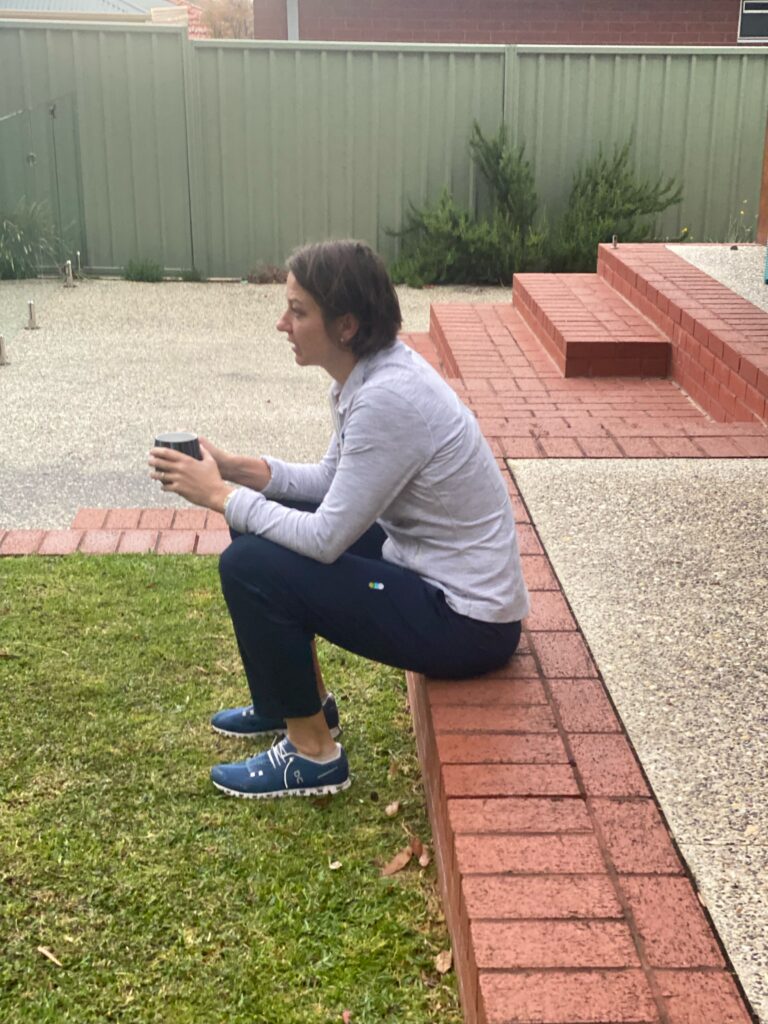As you reach middle age, in the same way you start to notice grey hairs as an external sign, your body starts to age on the inside. Muscles get a bit weaker, ligaments are not quite as strong, joints get a bit stiffer and recovering from injury takes a bit longer. This is all a normal process of aging; it doesn’t mean there is anything “wrong” with you.
Last year, I was at Adventure World with the kids. We had a great day on all the water slides buzzing around the park. However, when they pestered me to go on the “side show alley” rides with them, I wasn’t sure I wanted to be swung around on the big piece of machinery. But in the spirit of the day out with the kids, I relented. As I looked at the Perth hills, upside down, rotating very fast backwards, trying not to be sick, I had a moment of absolute clarity. I accepted the fact I was middle aged and never wanted to be in this position again. Once upon a time the vestibular system in my ears loved this sensation of hyper stimulation – however my body was getting old, this was too much and I am now forever happy to accept that side show alley is for the young ones!
In the Physiotherapy clinic, there are certain patterns of movements and postures that tend to cause pain in those aged over 40 years! We always promote movement and exercise, however in the spirit of hurting yourself less, we actually recommend you age gracefully and avoid the following movements.

Reaching into the back seat of the car; This big rotation strains the neck, the shoulder gets twisted into a compressed, pinchy position and the nerves that run from your neck to your fingers get stretched, which they hate. Get out of the car, walk to that seat and pick up in a good position what-ever you were straining for!

Sitting on the couch with the feet tucked up; This position is comfortable, until you try to stand up! Tucking the feet up twists the hips and knees into an awkward position and you sit off to one side so are crooked in the back. Then to rebalance you bend your spine the other way resulting in a crooked neck position.

Sitting in a low, hard chair; Sitting on a low chair means you have to fold yourself tightly in your knees and hips. The back has to round more and this will irritate nerves and discs. When the seat is hard, you compress the hamstrings where they join onto the sit bones, which will give you a “pain in the bum”! Avoid low seats and when the surface is hard use a scarf, jacket or rug as a cushion!
Do your body a favour and make little adjustments to avoid straining joints, nerves, muscles and discs unnecessarily. If you forget yourself and still perform these movements, it is better for our business, as you will most likely need physiotherapy treatment!








